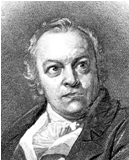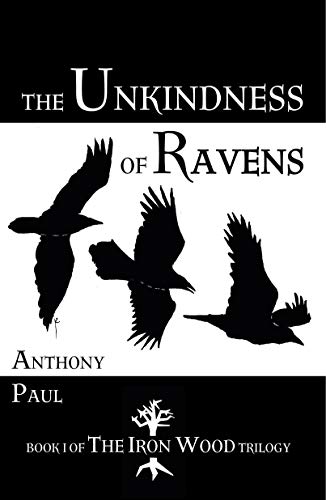Songs of Innocence and Experience by William Blake
Page 14 of 18 - 1 2 3 4 5 6 7 8 9 10 11 12 13 14 15 16 17 18 Purchase full notes for £5.95 (aprox $9.28)
To do so is to poison love , which in its purest form can never be selfish and controlling. Once love is poisoned, this ‘God’ can never truly love joyously as before, and he inevitably becomes jealous of those who can experience love. Cruelly he curses those very joys in which he can now longer share – ‘delight’ is ‘Chain’d in night’ and ‘free Love’ is ‘with bondage bound.’ Earth indeed laments that the joys of love are hidden in darkness for mankind alone. Nature’s ‘sexuality’ is open for all to see: ‘Does spring hide its joy/When buds and blossoms grow?’ Lurking at the back of this ‘God’s’ mind is also the ‘fear’ that his hypocrisy will be found out. Blake puts it thus in The Marriage of Heaven and Hell , ‘As the caterpillar chooses the fairest leaves to lay her eggs on, so the priest lays his curse on the fairest joys.’ For Blake, the story of the Fall of Man is really the Fall of ‘God,’ who becomes our ‘Eternal bane’ – literally, our nemesis and murderer.
INFANT SORROW
The hangings and wicker cot in the illustration are very similar to those found in the second plate of A Cradle Song , though, strangely, the scene seems rather more brightly coloured and positive than in the illustration from Songs of Innocence . The gestures of mother and child in particular are apparently quite loving, though, upon closer examination, the child is holding out his arms not to his mother but to something else, whereas the mother is about to bind him in her arms to feed him at her breast. It is fair to say, however, that the illustration does nothing to prepare us for the very negative treatment of childbirth that we find in the text. Perhaps, the real point is that mother, father and child are all engaged in various forms of deceit, and while the text of INFANT SORROW presents the hidden truth, the illustration gives the apparent reality.
This poem obviously makes a good introduction to the world of experience, and it is immediately clear that all the familiar elements of the innocent world have been overturned. Fundamental to innocence is the security offered to a child by mother and father; here, the baby’s advent hardly seems to be welcomed (there is no particular need to speculate as to why), and the world in which the child is born is not secure but ‘dangerous.’ The powerful word ‘leap’d’ implies a kind of demonic energy in the child, a passion that is about to be bound and restrained by the adult world. He is ‘Like a fiend hid in a cloud’ both because of this energy, and because of the experienced world’s view of children as essentially evil (for Blake’s use of ‘cloud’ here, meaning body, cf. The Little Black Boy – ‘When I from black and he from white cloud free’).
INFANT SORROW
The hangings and wicker cot in the illustration are very similar to those found in the second plate of A Cradle Song , though, strangely, the scene seems rather more brightly coloured and positive than in the illustration from Songs of Innocence . The gestures of mother and child in particular are apparently quite loving, though, upon closer examination, the child is holding out his arms not to his mother but to something else, whereas the mother is about to bind him in her arms to feed him at her breast. It is fair to say, however, that the illustration does nothing to prepare us for the very negative treatment of childbirth that we find in the text. Perhaps, the real point is that mother, father and child are all engaged in various forms of deceit, and while the text of INFANT SORROW presents the hidden truth, the illustration gives the apparent reality.
This poem obviously makes a good introduction to the world of experience, and it is immediately clear that all the familiar elements of the innocent world have been overturned. Fundamental to innocence is the security offered to a child by mother and father; here, the baby’s advent hardly seems to be welcomed (there is no particular need to speculate as to why), and the world in which the child is born is not secure but ‘dangerous.’ The powerful word ‘leap’d’ implies a kind of demonic energy in the child, a passion that is about to be bound and restrained by the adult world. He is ‘Like a fiend hid in a cloud’ both because of this energy, and because of the experienced world’s view of children as essentially evil (for Blake’s use of ‘cloud’ here, meaning body, cf. The Little Black Boy – ‘When I from black and he from white cloud free’).

